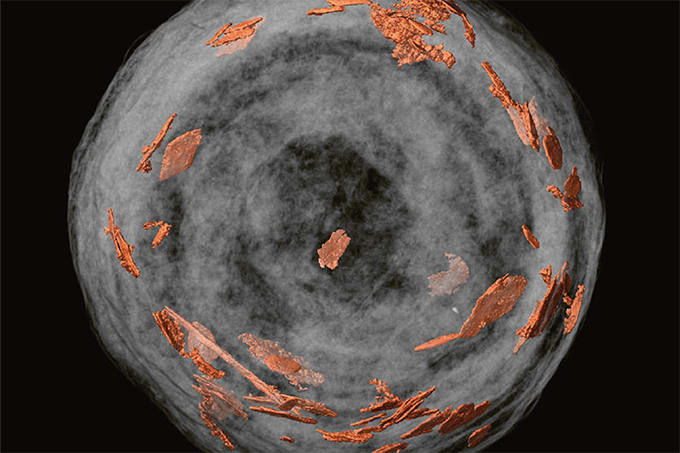Nuclear water. Despite undergoing treatments to reduce radioactivity of the Fukushima nuclear plant wastewater before its controversial release in the Pacific Ocean, isotopes can still be found at trace concentrations – though it demands a highly complex and time consuming separation process. To simplify seawater analysis, researchers from Japan and China developed an anion-exchange chromatography-based method, which they used to successfully extract neptunium from seawater surrounding the Fukushima nuclear plant. “Results obtained by the developed method can be used to evaluate the impact on the marine ecological system of the planned marine discharge of Fukushima decontaminated wastewater,” conclude the researchers in their paper.
Toy story. In addition to inhalation and injuries, plastic toys now pose another health risk to children: exposure to hazardous compounds – particularly when made with recycled plastic. Wu and colleagues from the Toys & Juvenile Products Testing Institute and the Sun Yat-sen University, China, set out to establish an advanced screening strategy for children’s plastic toys. In a three stage testing process, the team employed static headspace gas chromatography-mass spectrometry (GC-MS) to successfully identify unknown volatile compounds from 11 virgin and 12 recycled plastic toys – specifically acrylonitrile-butadiene-styrene (ABS). The researchers also designed various chemometric models to discriminate between the materials in ABS toys for a complete safety assessment.
Au de Naturale. Amid the perfumery industry’s shift towards natural raw ingredients, a French research group set out to develop new fragrant compounds from “forgotten” perfume plants. Using headspace solid-phase microextraction coupled with GC-MS, they analyzed and characterized the volatile compounds within Crataegus monogyna – a plant, commonly known as hawthorn, with a rich history in perfumery. They then successfully developed a new and non-toxic natural ingredient, which will undergo further screening for use in commercial perfume products.
Intense focus. As the popularity of nootropic supplements has increased – especially among students keen to enhance their academic performance – so have adulteration cases, with unapproved compounds circulating in the market, posing a health hazard for consumers. With this in mind, Korean scientists optimized liquid chromatography-tandem mass spectrometry (LC-MS/MS) according to the international guidelines – improving specificity, accuracy and the limit of detection – to enable simultaneous fragmentation of nootropic substances. The research group tested their updated method on 54 different samples – identifying 11 nootropic compounds, including vinpocetine and omberacetam. “The developed simultaneous analysis method can help maintain public health and safety,” concluded the authors.
Credit: Images for collage sourced from Unsplash.com
Researchers from India developed a new GC method, incorporating a DB-WAX capillary column and flame ionization detector (FID) – successfully and simultaneously identifying all six flavoring agents in commercial herbal toothpaste. Link
GC-TOF-MS-based metabolomic analysis of Yujiangsuan – a traditional Chinese fermented fish–chili paste – sheds light on the fermentation process, paving the way for safer production and consumption. Link
Liquid chromatography combined with elemental and molecular mass spectrometry could improve nuclear medicine tracer manufacturing – enabling rapid and sensitive impurity control in commercial radiopharmaceuticals. Link
Researchers detect PFAS in Chinese cosmetic samples, including products marketed for pregnant women; perfluorobutanoic acid, with high placental transfer efficiency, was the major PFAS found in cosmetics for pregnant women. Link
Chrissy Black and colleagues from New Zealand adapted the QuickProbe GC-MS system to improve analysis of amphetamine-type substances – incorporating a large variety of matrices for large molecule analysis. Link
Scientists develop an immuno-affinity LC-MS/MS assay for early detection of HIV and tuberculosis – successfully determining disease-associated peptides; p24 and CFP10. Link




